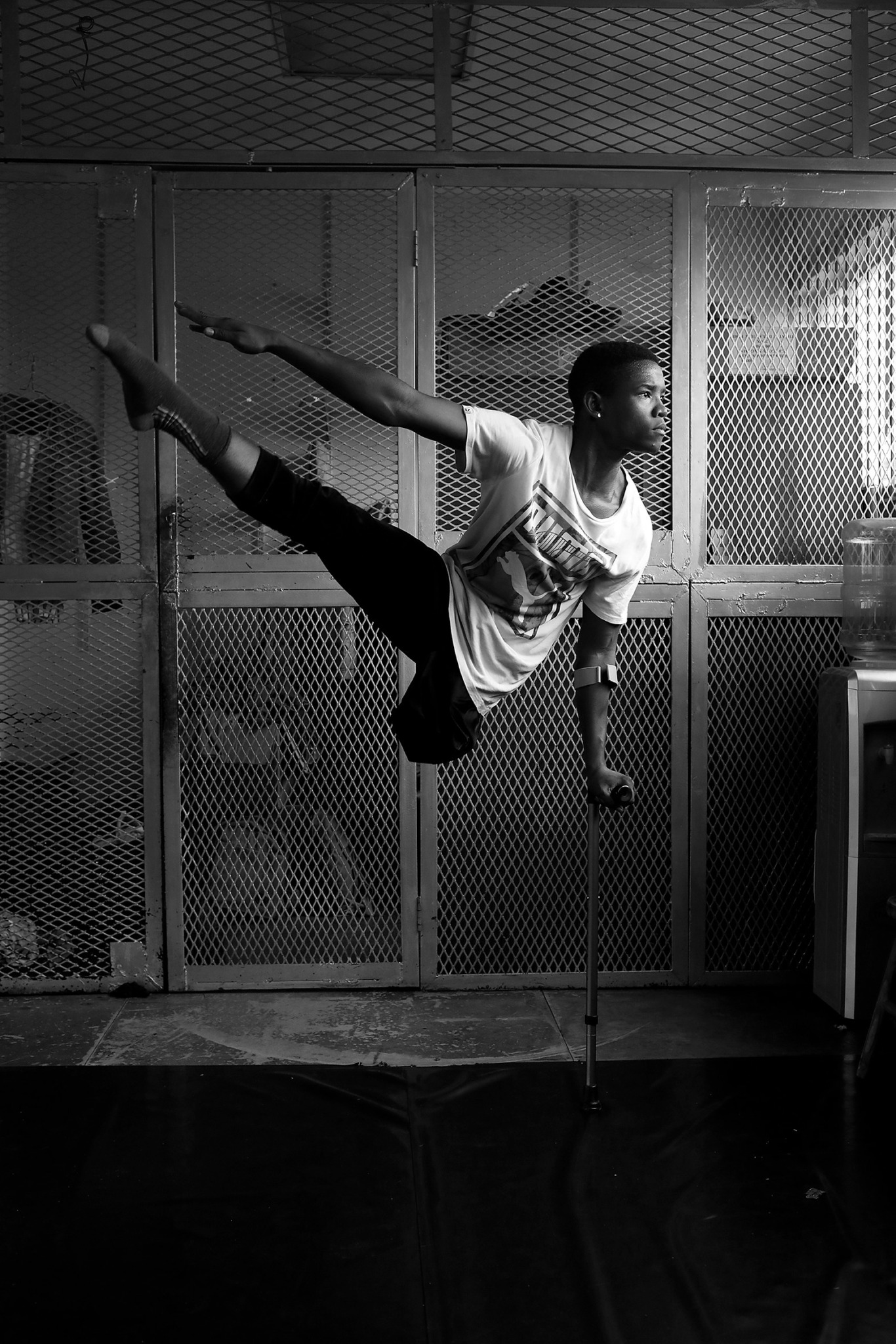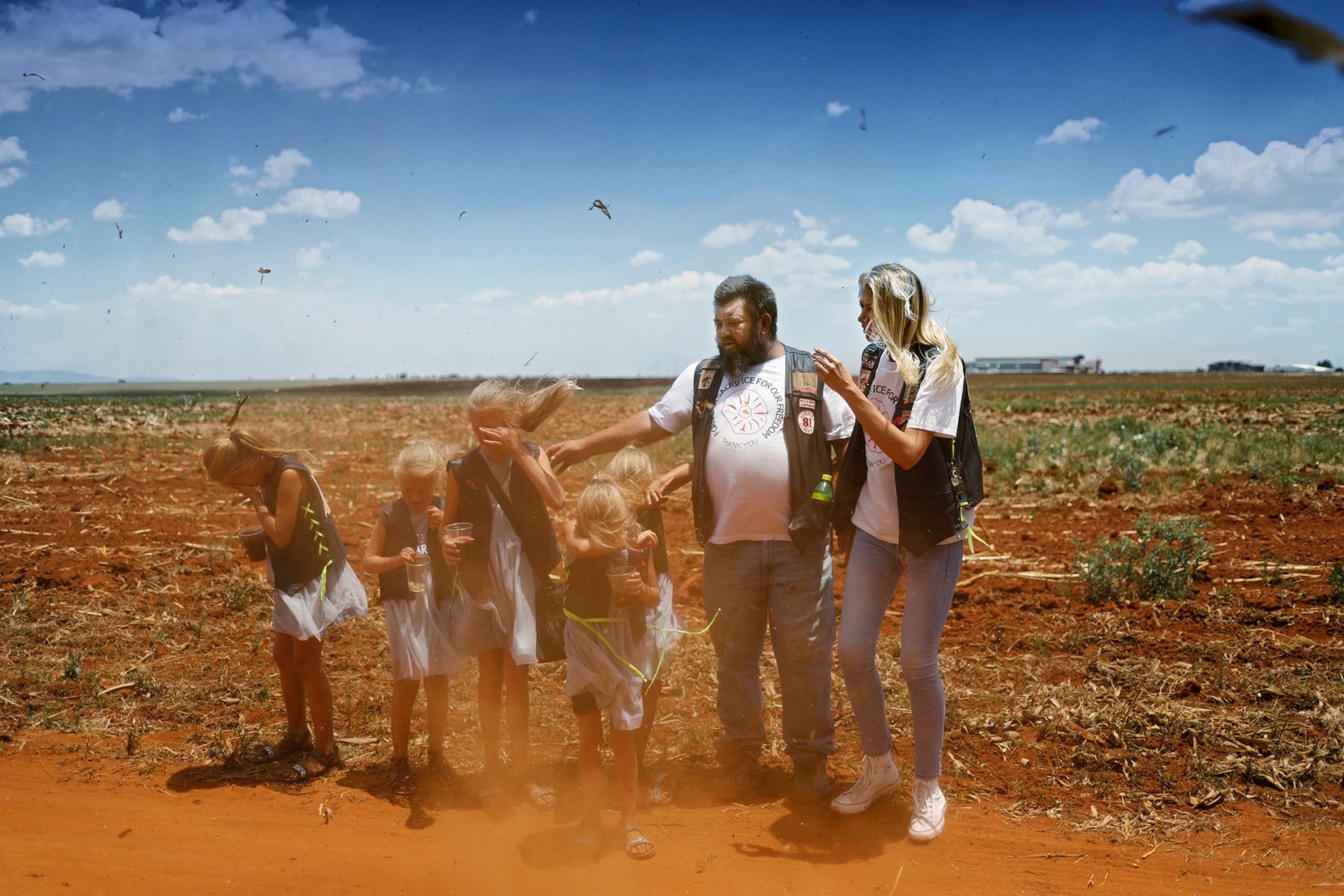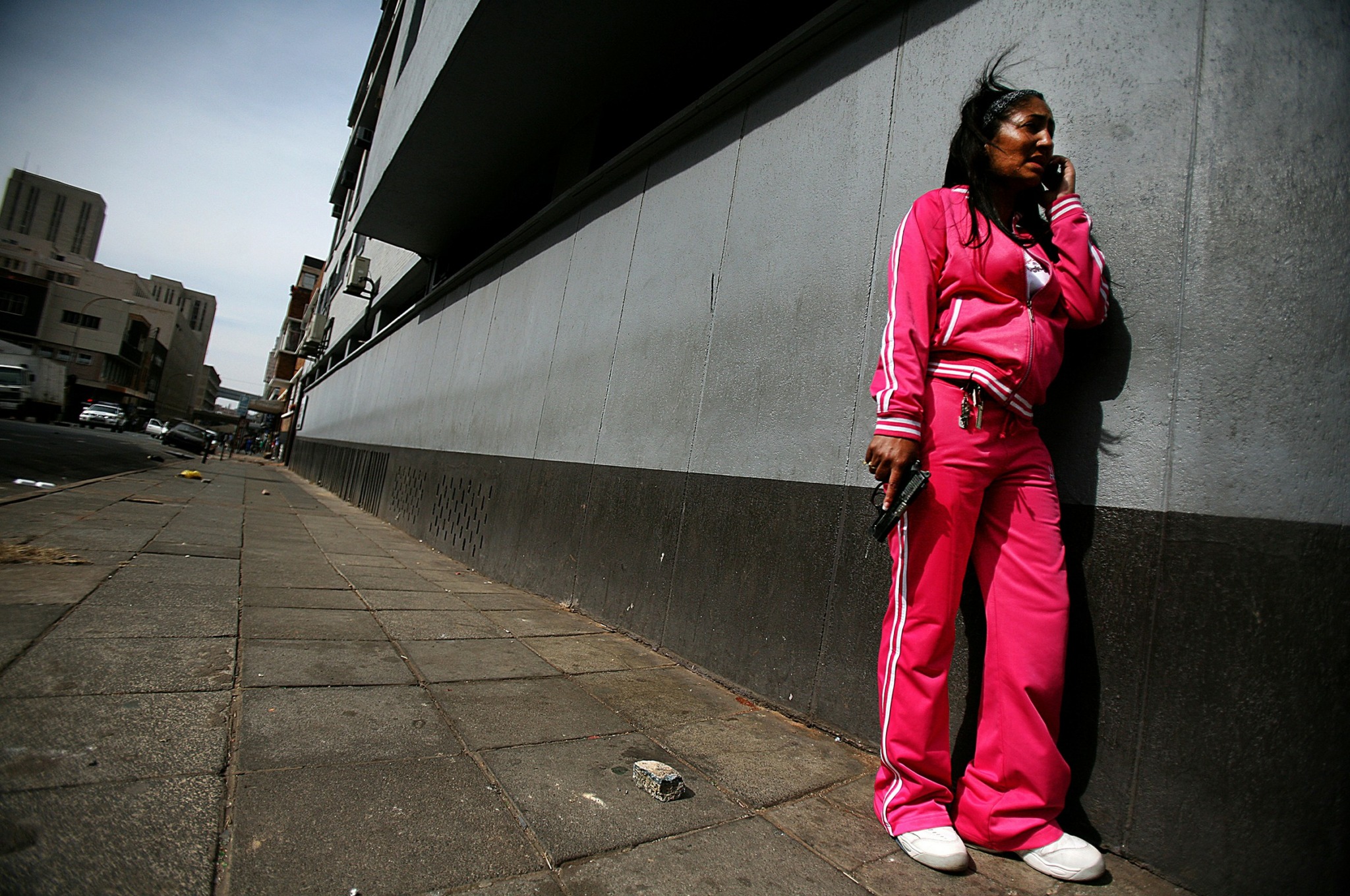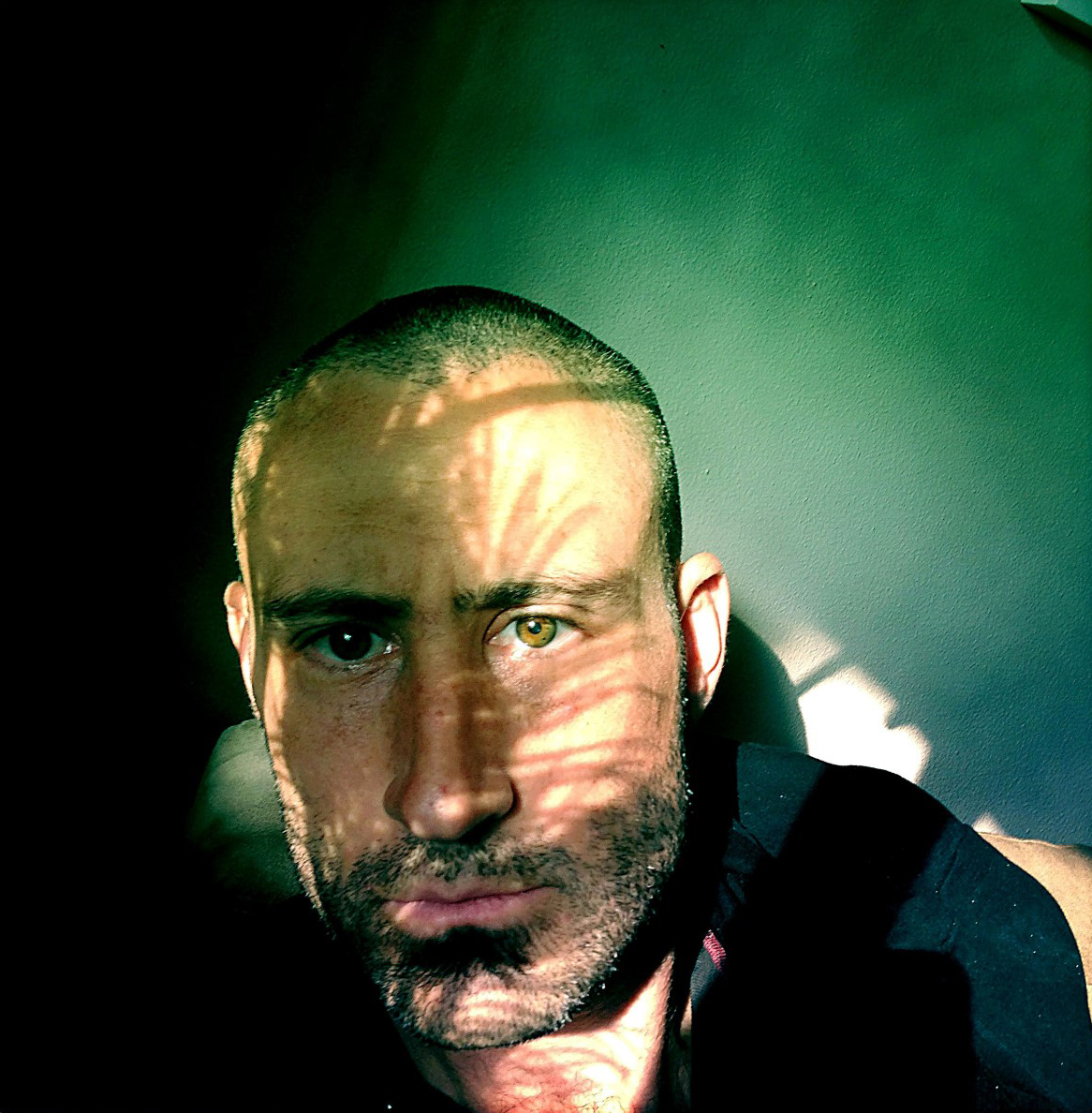We caught up with the brilliant and insightful Alon Skuy a few weeks ago and have shared our conversation below.
Alright, Alon thanks for taking the time to share your stories and insights with us today. Can you talk to us about how you learned to do what you do?
I learnt many aspects of the craft of photojournalism (an ever evolving process), in the photographic department of The Star Newspaper, in Johannesburg, South Africa. The department was run by Debbie Yazbek (Picture Editor), and the Chief Photographer was Thys Dullaart, both exceptional photographers and wonderful mentors. The environment was one of the most storied and dynamic in the country, with many passionate and experienced photographers on the team.
I covered news, features and sport. This was an opportunity to operate in exciting and fast moving environments, that blend technical skill, storytelling instinct, and ethical awareness. These skills were honed through collaboration and hands on experience in a fast-paced newsroom domain. The highly competitive environment was both a path to accelerated progress and healthy competitiveness , as most photographers wanted to cover the story of the day.
My evolution at the paper was underpinned by shadowing seasoned photographers, observing how they navigated assignments, from breaking news to feature stories, and learning to anticipate key moments that attempted to capture the essence of a story.
It was important to quickly grasp the importance of technical proficiency, such as camera settings, lighting, and composition under tight deadline. Working well with journalist was crucial.
Editors and colleagues were instrumental in quickening the learning curve, by often giving meaningful feedback and advice on how to navigate a tumultuous yet resilient South African socio-politicl landscape. I always endeavored to sharpen my ability to edit intuitively, selecting images that aligned with the story’s tone and the paper’s editorial standards.
It was paramount to balance creativity with objectivity, ensuring that the images were truthful and aesthetically arresting, without sensationalizing or distorting reality.
Through daily assignments, I built versatility, covering everything from protests to riots, sport, court cases and portraiture to human-interest pieces, each requiring a unique approach to connect with readers.
Ethical dilemmas and considerations such asrespecting subjects’ dignity or navigating sensitive situations, became an important part of the decision-making process, and were guided by discussions with mentors.
Over time, immersion in the many stories that we covered, pitching ideas, collaborating with reporters, and meeting deadlines really aided in my progress.
Creating images are important to attempt to inform the public’s understanding of the world and to document challenges and triumphs.

Awesome – so before we get into the rest of our questions, can you briefly introduce yourself to our readers.
I am South African-born photojournalist now based in Miami, Florida.
I began my commitment to photojournalism when I enrolled to study photography at The Market Photo Workshop, a renowned institution in Johannesburg, dedicated to nurturing photographic talent. The Market Photo Workshop provided me with a rigorous foundation in both the technical and conceptual aspects of photography.
After completing the course, under guidance by Michelle Loukidis, I began freelancing for some of South Africa’s largest publications, including *The Star*, *The Saturday Star*, and *Sunday Independent*. This period was a crucible for my development, in honing my ability to work under tight deadlines and capture compelling images across diverse assignments. In 2006, I secured a full-time position at *The Star*, marking the beginning of my immersion in the dynamic world of newspaper photojournalism. These early years were characterized by a steep learning curve, as I navigated the transition from the controlled lectures and darkroom exercises to the unpredictability of breaking news, where split-second decisions could define the impact of an image.
After many years in the newsroom and the field I became the Chief Photographer at *The Times* and *Sunday Times*.
This marked a significant milestone in my career. The role, I was entrusted with, was leading photographic coverage for two of South Africa’s most influential newspapers, overseeing assignments and mentoring younger photographers. My work during this period focused on issues central to South Africa’s post-apartheid identity: inequality, systemic injustice, and the resilience of marginalized communities.
A steep learning curve in my career was when I documented the Marikana Massacre, a tragic event in which South African police opened fire on striking miners at the Lonmin platinum mine, killing 34 and injuring 78. The photographs from that day, captured the brutality of the confrontation and its aftermath,. These images, I hope, became important for their role in exposing the most severe instance of state violence against civilians since the end of apartheid.
Moving beyond the immediacy of daily news photography, a book dealing with xenophobic violence, entitled [BR]OTHER was published, in 2021, allowing for a deeper exploration of xenophobia’s roots and consequences. The project required sustained engagement with communities, careful curation of images, and was in. collaboration with friend and colleague , James Oatway.
I am currently a Fellow at Florida International University (FIU), a member of Iris Photo Collective and freelancing I am available to travel assignments and portraiture. I am based in Miami, FL.

For you, what’s the most rewarding aspect of being a creative?
Photojournalism is both exciting and demanding. Exciting, as it often requires one to merge the artistry of photography with the rigor of ethical journalistic storytelling.
It is rewarding to continually attempt and strive to, express moments that convey truth, empathy, and has the potential to create social impact in a visually arresting way.
For those who pursue this path, the effects can be profound, encompassing personal fulfillment and the opportunity for documentation through a powerful visual medium.
The most rewarding aspects of being a photojournalist include the ability to tell impactful stories, connect with and meet members of communities, exercise creative freedom, at times, contribute to social change, and leave a legacy through images that attempt to resonate across time and cultures.
Meeting and learning from people is a rich and meaningful experience.

We’d love to hear your thoughts on NFTs. (Note: this is for education/entertainment purposes only, readers should not construe this as advice)
It seems the hype has cooled?
Contact Info:
- Website: https://alonskuy.com
- Instagram: @alonskuy
- Linkedin: Alon Skuy
- Other: https://alonskuy.com/



Image Credits
Alon Skuy
For image captions and context see https://alonskuy.com/


